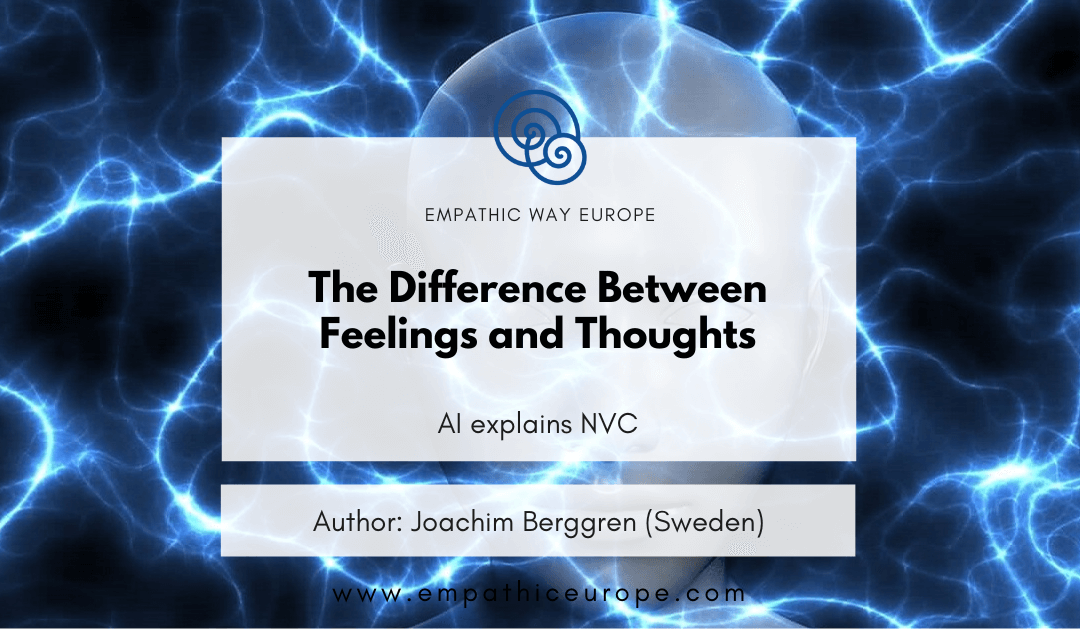


Are we able to observe?
The first component of the Nonviolent Communication (NVC) model is observations. In his book “A Language of Life” Marshall Rosenberg quotes Krishnamurti, “The ability to observe without evaluating is the highest form of intelligence.” In this blog post, I will explore...
All people have good intentions
Sometimes you are not included in these intentions. “What are your hidden motives?” My colleague looked sceptically at me after I offered to take on an unpopular job task. My first reaction was irritation and disappointment. I wanted to contribute and was met with...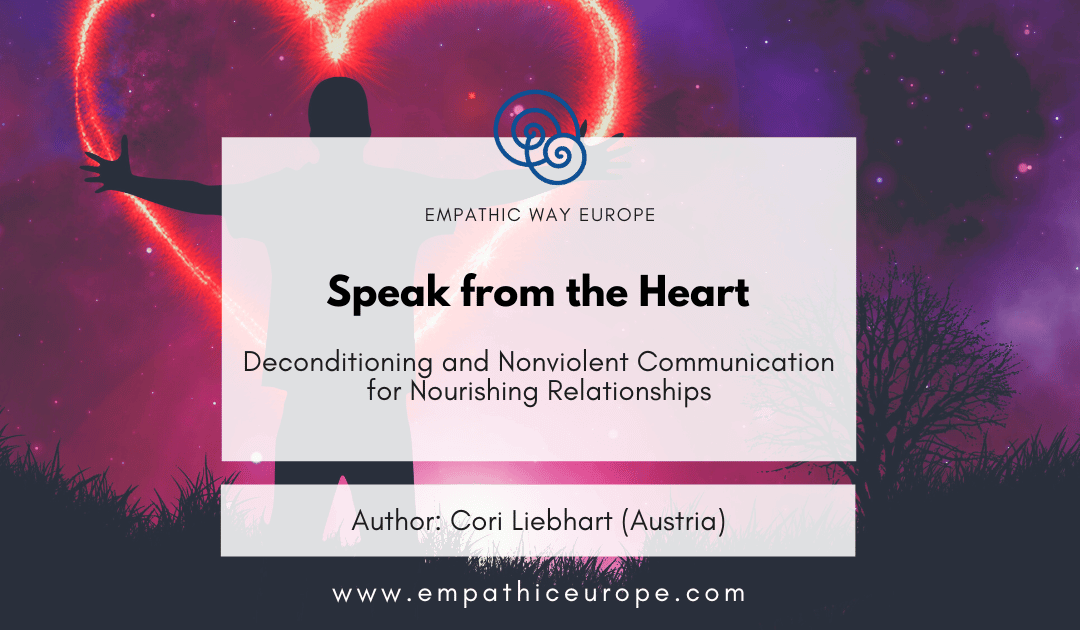
Speak from the Heart: Deconditioning and Nonviolent Communication for Nourishing Relationships
This article is about Nonviolent Communication and three important ingredients that make us better communicators. Actually, it’s about how to come back to open-heartedness in the midst of chaos in our attempt to relate. It is an article about taking your choice...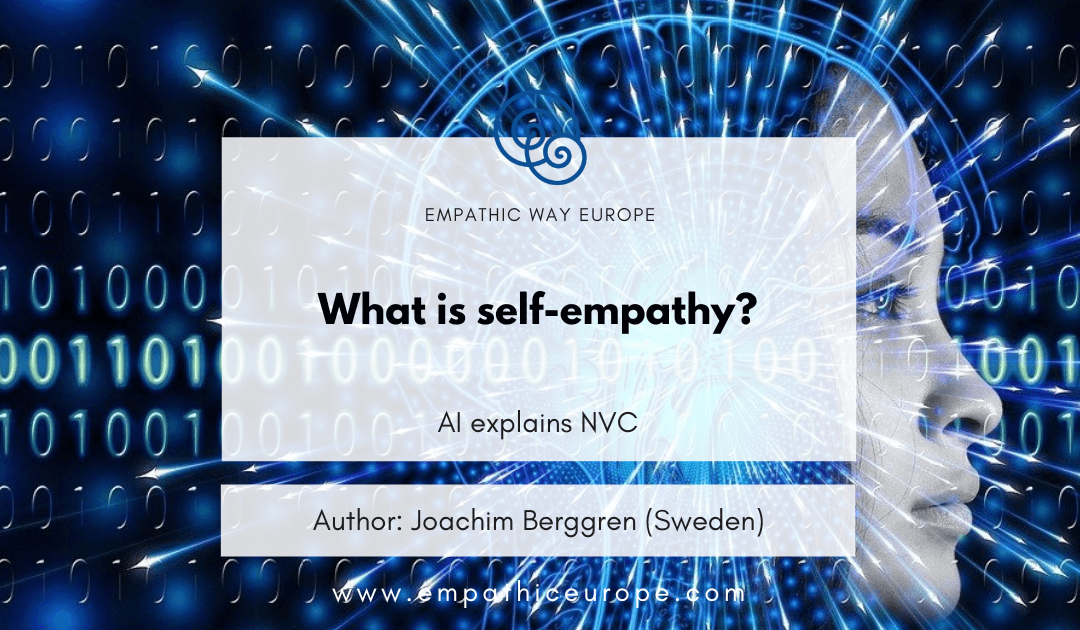
What is Self-Empathy?
In the blog post series “AI explains NVC”, Joachim Berggren (JB) asks questions about NVC to Alex Incognito (AI), a fictional character representing Artificial Intelligence in the form of the tool ChatGPT. *** JB: Hi Alex! After asking you questions and...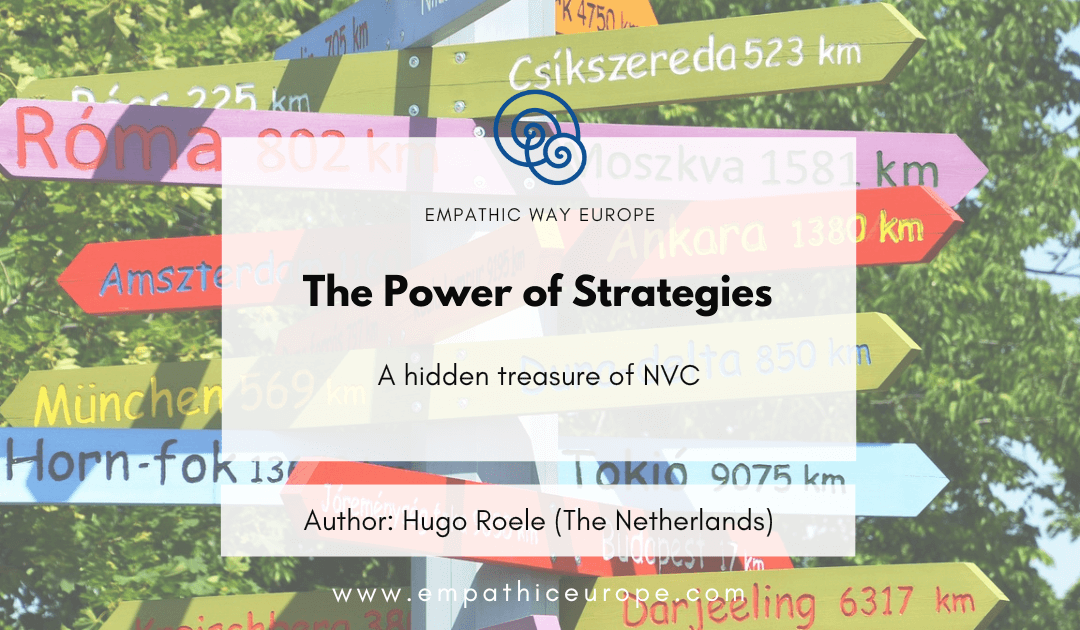
The Power of Strategies
A hidden treasure of NVC Nonviolent Communication (NVC) teaches that using needs often leads to a better understanding, shared reality and thereby a more harmonious connection between people. The main reason that needs have this power is that every human being has the...
Silent Empathy – Highlighting an Underestimated Practice
During my years of studying Nonviolent Communication (NVC), I have learnt to use the four components (observations, feelings, needs and requests) to create connection. A quality of connection in which my joy of contributing to others has risen. Through empathy and...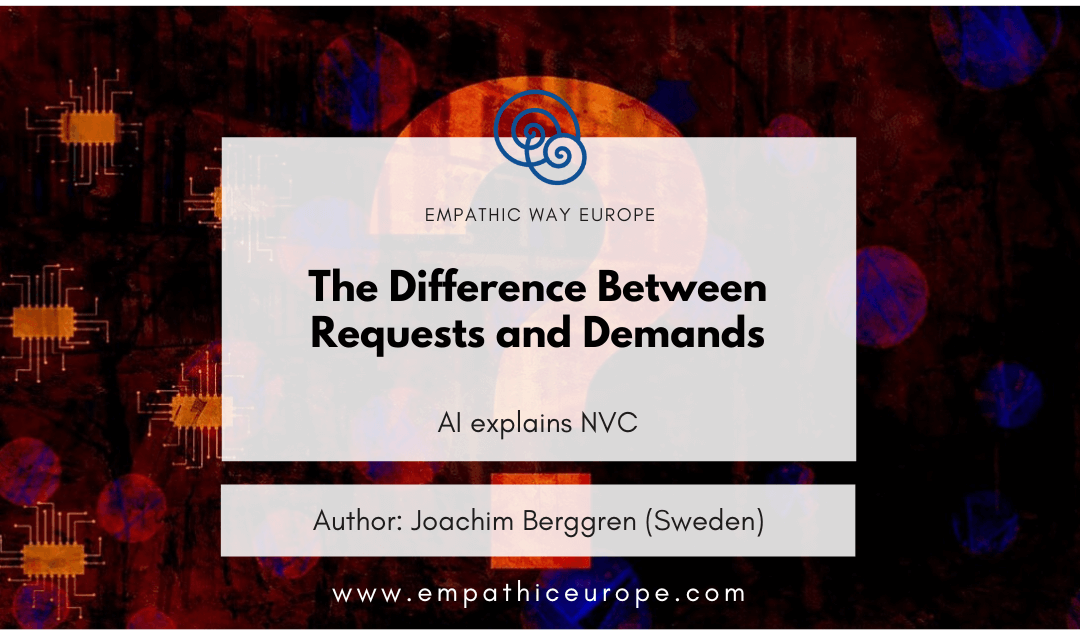
The Difference Between Requests and Demands
In the blog post series “AI explains NVC”, Joachim Berggren (JB) asks questions about NVC to Alex Incognito (AI), a fictional character representing Artificial Intelligence in the form of the tool ChatGPT. *** JB: Hi Alex! In this blog post series, we have...
The Difference Between Needs and Strategies
In the blog post series “AI explains NVC”, Joachim Berggren (JB) asks questions about NVC to Alex Incognito (AI), a fictional character representing Artificial Intelligence in the form of the tool ChatGPT. *** JB: In my conversations with you, Alex, we...